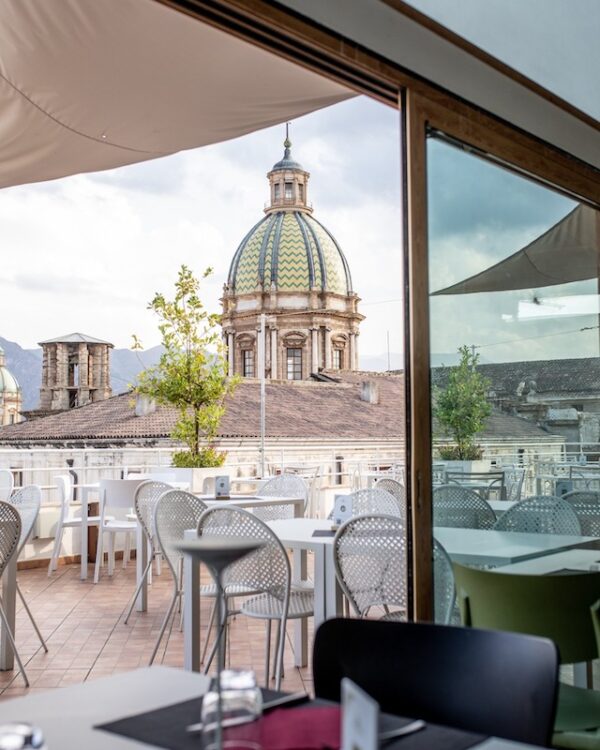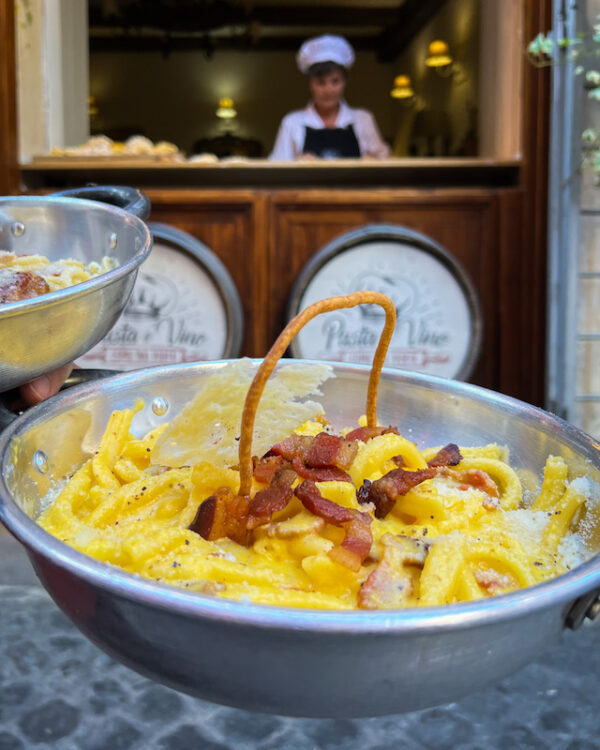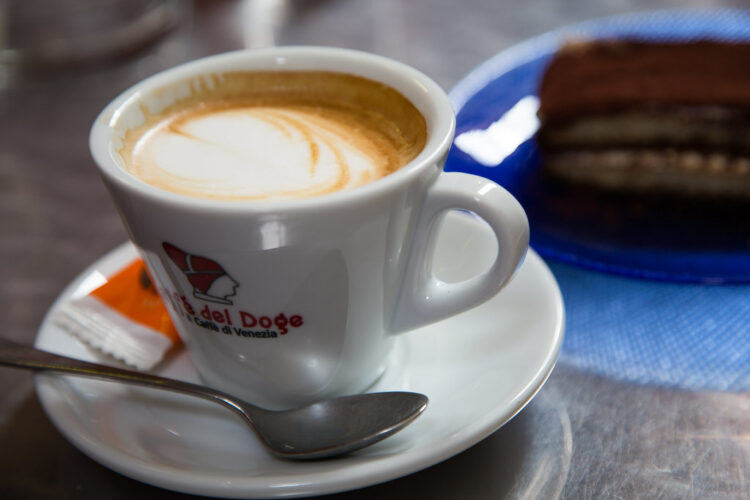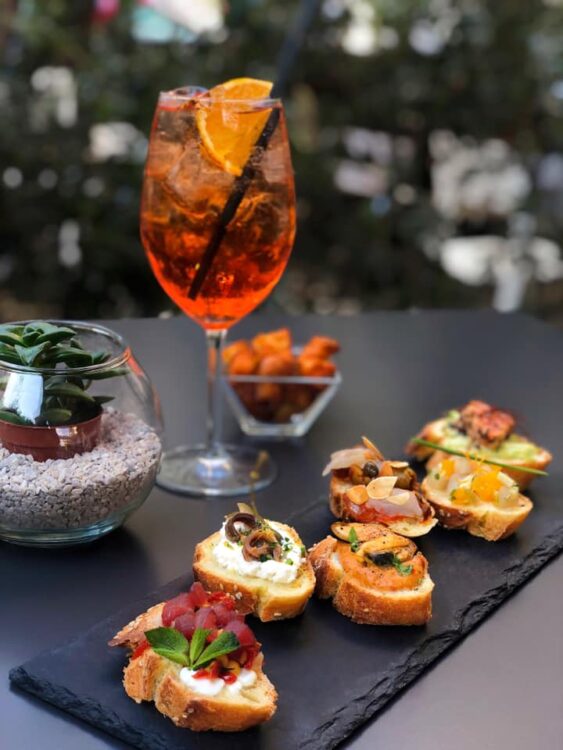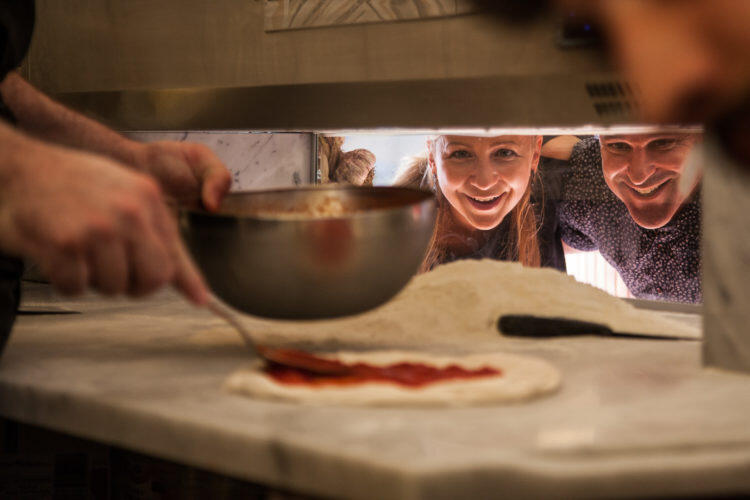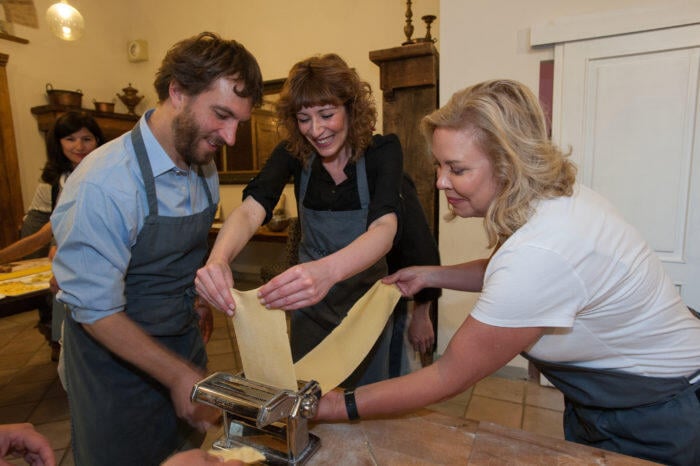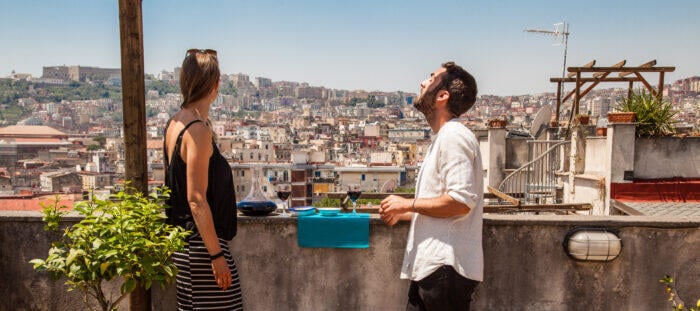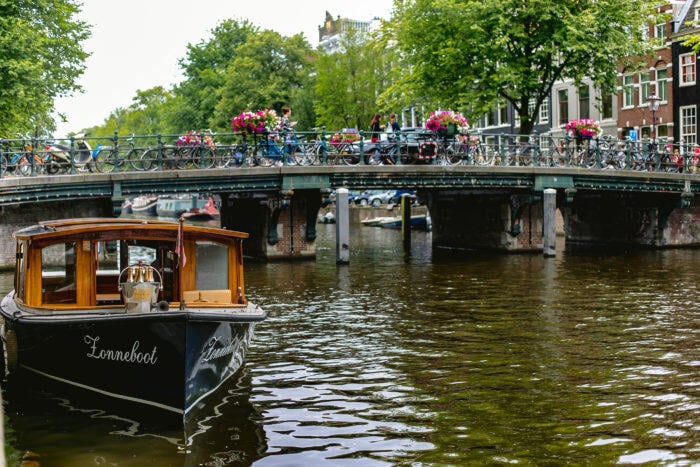All of our tours not only feed you the best each city has to offer but also immerse you in the local culture, authentic street life and history.
The 5 Best Street Foods In Athens
When it comes to street food scenes around Europe, we often think of Mediterranean countries like Italy or Portugal, but somewhere else is on the verge of ri...
Blog Posts
The 5 Best Rooftop Bars in Palermo
Is there any better way to experience the enchanting beauty of Palermo than with a glass of Italian wine in hand from one of the city’s chic rooftop ba...
The 5 Best Pasta Restaurants In Rome
As the home of four of Italy’s most treasured pasta dishes, I’d be stating the obvious by saying that Rome has some outstanding pasta restaurants...
The 6 Best Cafes In Venice That You Must Visit
It’s that time of the day in Venice when you need an espresso for a little lift-me-up. From charming hideaway coffee shops operating on a come-and-go s...
The Sicilian capital of Palermo is nothing short of a foodie haven. When you consider that it’s the home of arancini rice balls, chickpea fritters, sfi...
Naples is a dream for foodies visiting southern Italy. It’s the home of some of the country’s most famous dishes: pizza, spaghetti alla puttanesca, min...
Eating Europe
Food Tours
Get the best advice and offers on Eating Europe tours
Subscribe to our newsletter for exclusive offers, discounts and the best in food and travel advice across Europe





